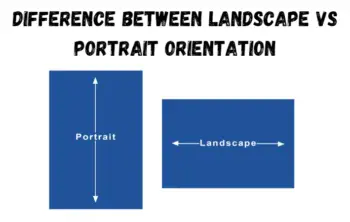When it comes to data visualization, a line chart is a fundamental tool any researcher or business owner should understand. These simple yet effective graphical representations can unlock valuable insights buried within your data. They’ve been used for centuries and continue to be a vital component of data analysis in today’s digital age. Keep reading as we delve into the intricacies of line charts.
Understanding the Basics of Line Charts
A line chart, or line graph, is a type of chart that uses a series of data points connected by straight line segments. It effectively represents a series of data points called ‘markers’ connected by straight lines. It is a basic type of chart commonly used in various fields such as finance, engineering, and the physical sciences.
As the use of line charts has evolved, they have become more complex and diverse. Two-dimensional or three-dimensional line charts provide additional depth and complexity, showcasing data across multiple axes. This breadth of usage makes it even more critical to understand line charts and their applications.
Line charts are best used when you want to show trends over time or other continuous data. These charts are particularly useful in identifying trending data and the rate at which particular data sets are changing. You can make comparisons over time, track progress, and make data-driven decisions based on the insights you gather.
Scenario-Based Analysis: When To Use Line Charts
Line charts are best utilized when illustrating trends over time. They are particularly helpful when you aim to evaluate how a variable has changed. This could be anything from observing how stock prices have changed over the last ten years, tracking changes in average temperatures, or evaluating sales performance over time.
Another best scenario for using line charts is when analyzing several related data sets. Suppose you want to compare and contrast the sales performance of different products throughout the year. A line chart is perfect for this, as each product can have its line, showing its performance trends.
When you need to show part-to-whole relationships, like demographic or market share data, or when the data you’re presenting doesn’t involve time, alternative visualizations can often be more useful.
Remember that while line charts are versatile, they are not always the perfect fit. As always, the type of chart you choose should always depend on the nature of your data and the story you want to tell.
Common Mistakes To Avoid When Using Line Charts
While line charts are typically easy to read and understand, some common mistakes could mislead or confuse the reader. One major mistake is overloading your chart with too many lines. This can lead to confusion and make it hard for the reader to distinguish between different data sets.
Another error is not correctly labeling axes or data points. Lack of clear labels can confuse readers and make it difficult for them to understand what each point of data represents. Also, it’s crucial to remember not to skip or distort the scale on the Y-axis as this could significantly skew data perception.
A third common mistake is not considering your audience. The level of detail and complexity you include in your line chart should reflect who will be reading and interpreting your data. For audiences non-versed in your topic, simplicity is typically best.
Lastly, don’t forget the necessity of a clear, concise title. A good title will ensure your readers understand what they’re observing at a glance.
Altogether, understanding the principles and proper usage of line charts can empower you to effectively communicate information and trends, paving the way for data-informed decision-making.







